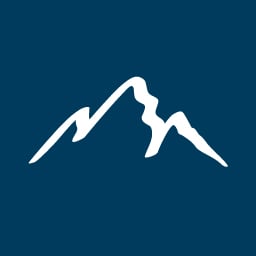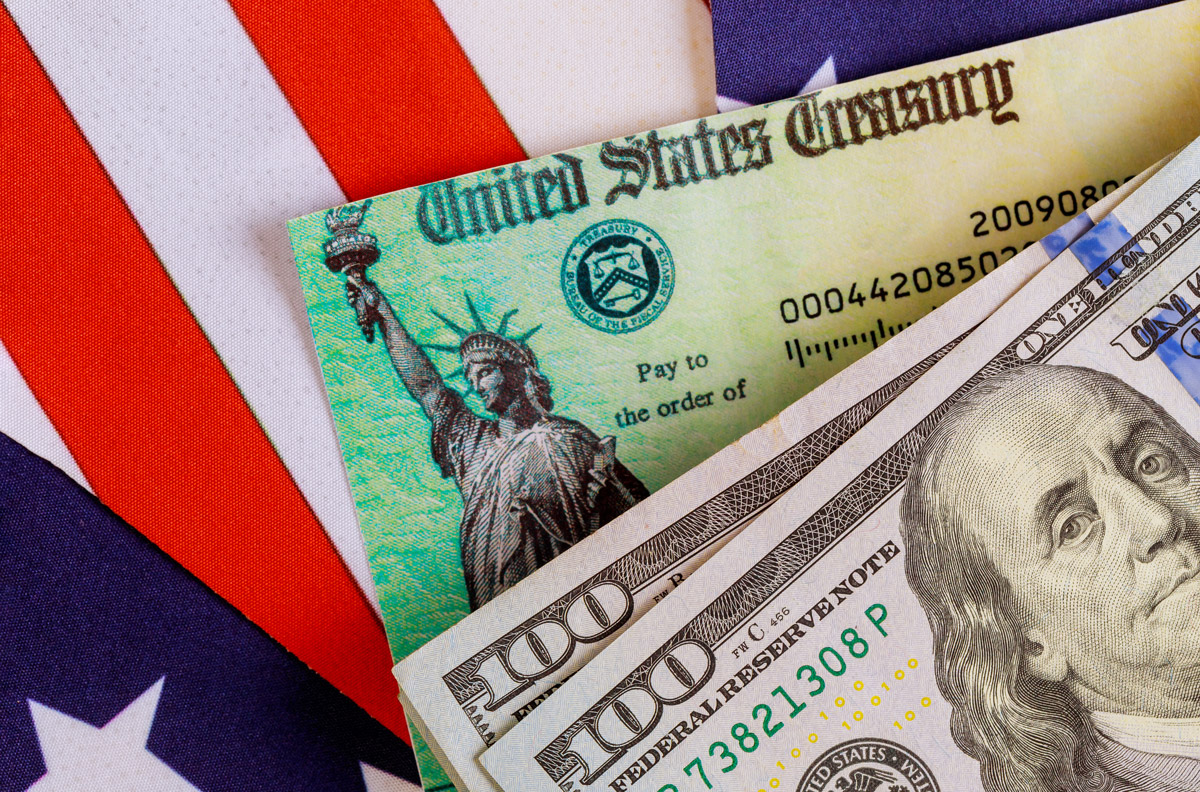Prospective Credit Union Business Members
For prospective business members, we have an easy process to begin the SBA CARES Act application. Please download the following form, fill it out, scan or take a picture of the completed form, and return it to business@wasatchpeaks.com.
Current Wasatch Peaks Business Members
For current business members, please complete our streamlined process by filling out and submitting your online SBA CARES Act application which can be found in your Online Banking.
The Small Business Administration (SBA) has launched a large loan and relief effort in light of COVID-19. The following highlights some of the benefits available to small businesses.
SBA Loans for Small Businesses Affected by the Coronavirus
The 7(a) Loan Program as Modified by the Paycheck Protection Program
The Paycheck Protection Program defines eligibility for 7(a) loans as a “small business, 501(c)(3) nonprofit, a 501(c)(19) veteran’s organization, or Tribal business concern described in section 31(b)(2)(C) of the Small Business Act with not more than 500 employees, or the applicable size standard for the industry as provided by SBA, if higher.”
There are also rules of affiliation that can require owners and/or businesses to be grouped together for purposes of these tests. Generally, affiliation exists when one business controls or has the power to control another business, or when a third party or parties has the power to control both businesses. Under SBA guidance, control can arise through ownership, management, or other relationships. Affiliation can exist under other situations as well, including under a general “facts and circumstances” test.
Who is eligible for the 7(a) loan program?
It appears most small businesses are eligible for the Paycheck Protection Program 7(a) loan program. Further, there are various sub programs under the general section 7(a) loan program umbrella targeted at specific groups and/or industries. In addition to not having more than 500 employees, other eligibility requirements include intent to operate at a profit and intent to use the loan proceeds for business purposes (not for investment purposes). Uses for 7(a) program loan proceeds could include:
- Working capital
- Purchasing machinery or supplies
- Payroll expenses
The interest rate on 7(a) loans has a maximum of 4% and the portion of the loans that are not forgiven will have a maximum term of 10 years.
Paycheck Protection Program 7(a) Loan Specifics
Under the 7(a) loan program, as modified by the Paycheck Protection Program, a borrower applies for a SBA loan through local lenders (called “SBA-approved partners”) that can provide a loan for eligible borrowers equaling the lesser of $10 million or 2.5 times an employer’s average monthly eligible payroll costs in the immediately preceding year.
Eligible payroll costs do not include compensation above $100,000 in wages. Eligible borrowers must make a “good faith certification that the loan is necessary due to the uncertainty of current economic conditions caused by COVID-19; they will use the funds to retain workers and maintain payroll, lease, and utility payments; and are not receiving duplicative funds for the same uses from another SBA program.
Loan terms vary depending on the use of the proceeds, and collateral can be required for loans in excess of $350,000.
Additional Paycheck Protection Program Provisions
The Paycheck Protection Program’s changes to the section 7(a) loan program (effective through December 31, 2020) include:
- The government guarantees 100 percent of any loans.
- Expanded eligibility for certain businesses, including sole-proprietors, independent contractors, and other self-employed individuals.
- Waiver of certain affiliation rules for businesses in the hospitality and restaurant industries, as well as franchises that are approved on the SBA’s Franchise Directory.
- Waiver of certain collateral and personal guaranty requirements.
- Allows businesses with more than one physical location that employ no more than 500 employees per physical location in certain industries to be eligible so long as the relevant gross receipts test is met.
- Allowable uses of loan proceeds include payroll expenses, mortgage, rent, and utility payments.
- Streamlined application procedures and waiver of certain fees.
- Complete deferment of loan payments for at least 6 months and not more than a year.
- For eligibility, lenders are required to focus only on whether a business was operational as of February 15, 2020, and paid employees or independent contractors, rather than trying to determine repayment ability.
Loan Forgiveness Under the Paycheck Protection Program
Additionally, borrowers meeting certain requirements are eligible for loan forgiveness. Forgiveness on a covered loan cannot exceed the principal amount of the loan and is equal to the sum of the following payroll costs incurred during the covered eight-week period after the origination date of loan as compared to the previous year or time period, proportionate to maintaining employees and wages:
- Payroll costs, plus any payment of interest on any covered mortgage obligation (which shall not include any prepayment of or payment of principal on a covered mortgage obligation), plus any payment on any covered rent obligation, plus any covered utility payment.
Eligible payroll costs do not include compensation above $100,000 in wages.
The amount forgiven will be reduced proportionally by any reduction in employees retained compared to the prior year (or to the period running from January 1 to February 29, 2020) and reduced by the reduction in pay of any employee beyond 25 percent of their prior period compensation. To encourage employers to rehire any employees who have already been laid off due to the COVID-19 crisis, borrowers that re-hire workers (by, apparently, the end of the covered loan period, June 30) previously laid off will not be penalized for having a reduced payroll at the beginning of the period.
In regard to this loan forgiveness program, there are many open questions concerning interpretation and implementation. It appears the key for loan forgiveness is for employers to end up with a payroll during the covered period roughly equivalent to the previous year’s payroll for the same period (or to the period running from January 1 to February 29, 2020), on average.
Economic Injury Disaster Relief Loans
Another existing SBA program is called the economic injury disaster relief loans (EIDLS) program. EIDLS loans are facilitated directly through the SBA, as compared to the 7(a) program loans that are completed through an SBA Approved Partner, as noted above. Potential borrowers should apply for EIDLS loans through the SBA website.
The EIDLS program provides working capital for small businesses, small agricultural cooperatives, employee stock ownership plans, and nonprofits that cannot meet their ordinary and necessary financial obligations as a direct result of a disaster.
EIDLS loans can be up to $2 million, with up to a 30-year terms with fixed interest at a rate set by the law, ranging from 2.75 to 3.75 percent. Further, the SBA can require a borrower to pledge collateral and obtain and maintain appropriate hazard insurance for the life of the loan on the property pledged as collateral.
As Modified by CARES
First, borrowers cannot receive assistance under both the Paycheck Protection Program 7(a) loan program and the EIDLS program, unless the EIDLS loan is unrelated to the COVID-19 emergency.
Changes to the EIDLS program include:
- Expanded eligibility, including ability of SBA to approve loans based solely on an applicant’s credit score.
- Wavier of guarantees on loans and advances below $200,000.
- Waiver of requirement of at least one year of business operations.
- Establishment of an emergency grant to allow an eligible entity who has applied for an EIDL loan due to COVID-19 to request an advance on that loan, of not more than $10,000, which the SBA must distribute within three days. Establishes that applicants shall not be required to repay advance payments, even if subsequently denied for an EIDL loan. In advance of disbursing the advance payment, the SBA must verify that the entity is an eligible applicant for an EIDL loan. This approval shall take the form of a certification under penalty of perjury by the applicant that they are eligible.
- Ability to use advance payments for providing paid sick leave to employees, maintaining payroll, meeting increased costs to obtain materials, making rent or mortgage payments, and repaying obligations that cannot be met due to revenue losses.
- Establishment that an emergency involving federal primary responsibility determined to exist by the president under Section 501(b) of the Stafford Disaster Relief and Emergency Assistance Act qualifies as a new trigger for EIDL loans. In such circumstances, the SBA administrator shall deem that each state or subdivision has sufficient economic damage to small business concerns to qualify for assistance under this paragraph and the administrator shall accept applications for such assistance immediately.
Understanding the Relief Provisions Available
There are many relief provisions to consider. Each can help your organization in different ways. From loans, to loan forgiveness and emergency grants, it’s important to understand your options and how to apply for relief. Further, there’s a huge risk in the loan calculations. If these are off, it can affect the loan amount given.
Source: Eide Bailey LLC. Adam Sweet and Michael Holdren.




